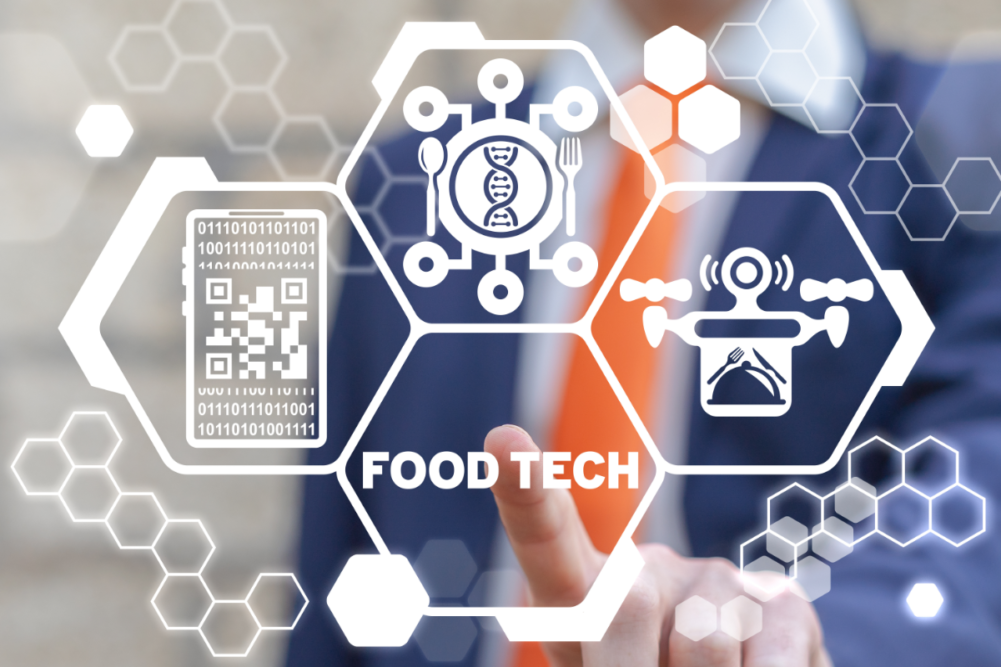BOSTON — Digital tools are key to weathering disruptions in the food and agriculture value chain, according to a new report from Lux Research. The company’s Foresight 2021 report identified the top technologies food and agriculture leaders should look to in the year ahead.
“The agrifood ecosystem is experiencing a phase of rapid, intense change, where most of the growth in the space in recent years has gone to companies outside the top 20 players,” said Joshua Haslun, PhD, senior analyst at Lux Research. “As smaller and more agile brands meet consumer demand for personalization, larger brands will need to look for innovative solutions to regain lost ground and get ahead.”
Investments in digital technologies can help companies gain agility and better respond to changing consumer demands, he added.
“Agility requires you to be able to ingest data and come out with insights relatively quickly and easily,” Mr. Haslun said. “That agility is very difficult for a large company to achieve. But when people are changing so rapidly, and we have the convergence of food and health rising so quickly, that means you have to participate by changing rapidly.”
Bioinformatics
The first technology, bioinformatics, traditionally has been used in pharmaceutical applications but may offer opportunities for food and beverage companies looking to accelerate ingredient discovery. Companies can use bioinformatics to better understand connections between potential ingredients and their impacts on human health.
Companies like Brightseed are working with food and beverage formulators to lower the burden of discovery. The San Francisco-based biotechnology startup uses an artificial intelligence platform to analyze millions of bioactive compounds and map their potential applications.
“It costs billions of dollars to create a new, active ingredient in pharma,” Mr. Haslun said. “A food company can’t invest that much, so your option is to say either, ‘We have a lot of information and we want to use it better, or we want to work with players who can enable us to discover new ingredients quicker.’ That requires taking all that information, making the proper connections, distilling that down, and then allowing your research and R&D teams to take that and do something with it.”
Ingredient informatics
Companies looking to speed up the product development process may turn to ingredient informatics.
“This is related to bioinformatics,” Mr. Haslun said. “It is the next step, where maybe you care less about the active ingredients and care more about finding ingredients, knowing where they are and what their properties are, and then linking those to the outcome you desire.”
He used plant protein as an example.
“Let's say you want to create a lattice, and you want to have something to build on,” Mr. Haslun said. “You need something with structural integrity, something easily digestible, something that doesn't have too much flavor associated with it but can have other protein sources bound to it. With ingredient informatics you essentially have a database that is connected to all those parameters.”
Companies also can leverage ingredients informatics to better predict the consumer response to new products, flavors and formats.
“There are ways you can work with players to help rapidly profile that flavor and predict what the response might be, and how that links to other formulation characteristics,” Mr. Haslun said. “It allows you to make better, more rapid decisions about the ingredients you include and the ingredients you’re thinking about for future products.”
Alternative protein
Marketers of plant-based products are drawing closer to achieving price parity with animal-based products, but opportunities still exist to improve the taste, texture and color of alternative proteins.
“Texture, flavor, off flavors, all these things really matter to go beyond cost parity,” Mr. Haslun said. “What does that form look like, and I would add, is it healthy? Are you masking the actual flavor by adding a whole bunch of sodium? Or are you just trying to mimic what existing products are out there? Those are challenges that I don't think we have solved yet.”
Alternative protein technologies that address multiple sensory factors may offer the most promising path forward. Cell-based fats and mycelium both address texture and color, for example, while fermented ingredients address color along with taste and texture.
“Nailing down some of these manufacturing challenges around improving texture around making the proteins more amenable to a number of different food forms, these are all challenges that we're seeing being taken up,” Mr. Haslun said. “Has anybody been exceptionally successful? I think that's up in the air.”

